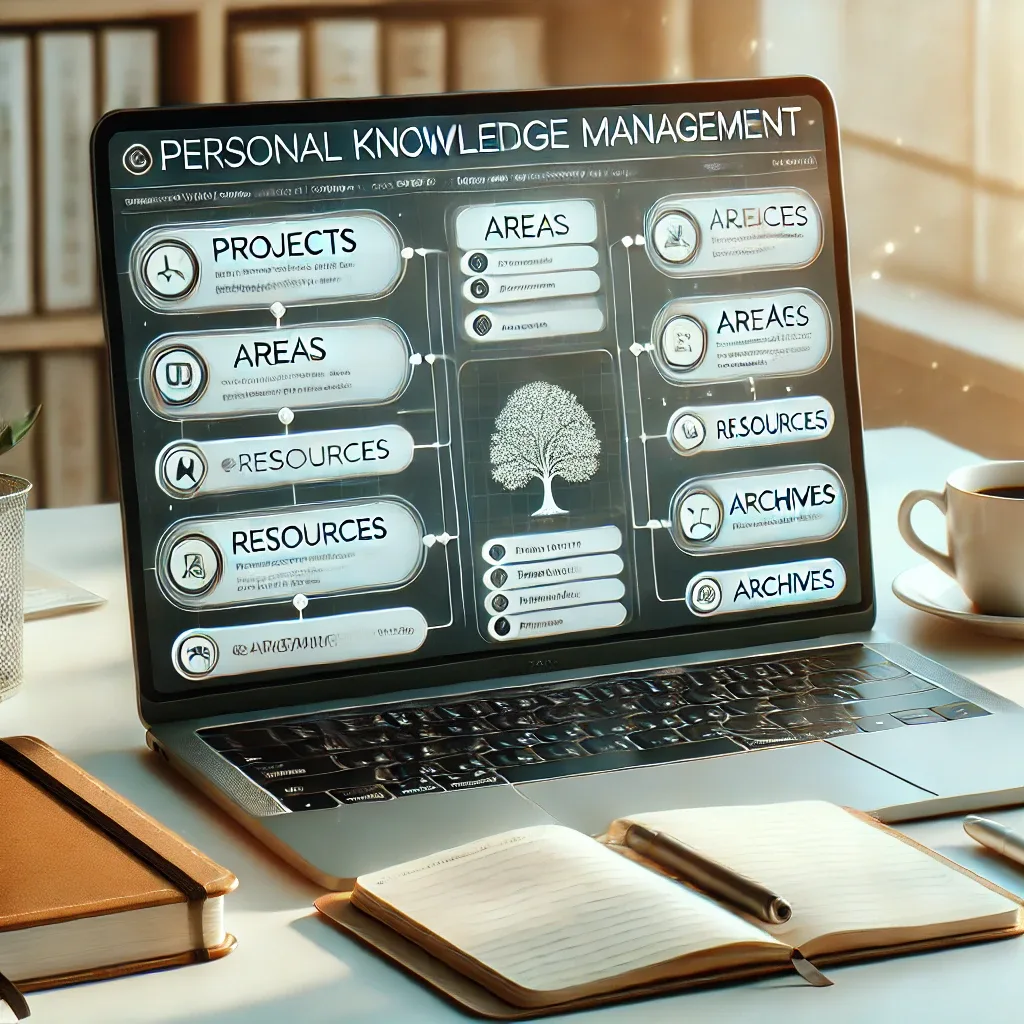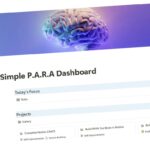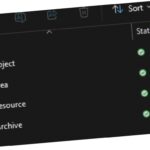
I used to feel like my daily life was out of order.
New knowledge, project deadlines, family responsibilities, side hustle ideas—the list went on and on. To keep track of everything, I jotted down notes constantly.
The notes piled up. But I wasn’t moving forward.
My ideas were scattered, tasks were missed, and information got lost. Instead of working on my new project, I spent time searching for thoughts I had recorded weeks ago. My mind and time were consumed by sorting through the mess.
I realized I needed a system. I needed clarity.
That’s when I discovered Personal Knowledge Management (PKM).
What is PKM?
PKM is a system for collecting, organizing, and using knowledge, information, and data that matters to you. Think of it as your personal library—structured, accessible, and easy to use.
An effective PKM system allows you to:
- Capture: Quickly save important information. This could be in an app, a notebook, or even a voice memo.
- Organize: Structure your information so it’s easy to find later. This could involve folders, tags, or categories.
- Store: Keep everything in a central place where you can access it when needed.
- Retrieve: A well-organized system makes searching for information fast and effortless.
- Process: Review, refine, and connect ideas to improve decision-making.
Discovering PKM was an eye-opener for me. I started researching different systems and found that the easiest method for beginners is P.A.R.A., a system introduced by Tiago Forte. It consists of four parts:
The P.A.R.A. Method
- Projects: Short-term activities with a clear goal and deadline.
- Examples: Planning a vacation, building a website, writing a book.
- Areas: Ongoing responsibilities that require regular attention.
- Examples: Health, finances, parenting.
- Resources: Topics and interests you want to learn or reference.
- Examples: Language learning, coding, photography.
- Archive: Inactive items from the other three categories.
- These are things you no longer need but might want to reference later.
Organizing my life using these four categories helped me regain control. Now, I know my priorities, where my information is stored, and how to find it quickly.
Like most things in life, you don’t need a complicated system—you need one that works and gives you clarity.
How to Get Started
Start small.
Begin with your Documents folder on your computer. Create a folder named Archive-[Today’s Date] and move everything into it. From now on, whenever you store a new document, ask yourself:
- Does this document belong to something with a specific goal and deadline? → If so, put it in Projects.
- Is this an ongoing responsibility that needs regular attention? → If so, put it in Areas.
And so on.
Beginner’s Tip: Don’t rush to create folders. Only make a new folder when you have something to store. Empty folders make an organized system feel cluttered again.
Once you start, you’ll feel the difference. Less time searching. More time creating. More progress, less frustration.



